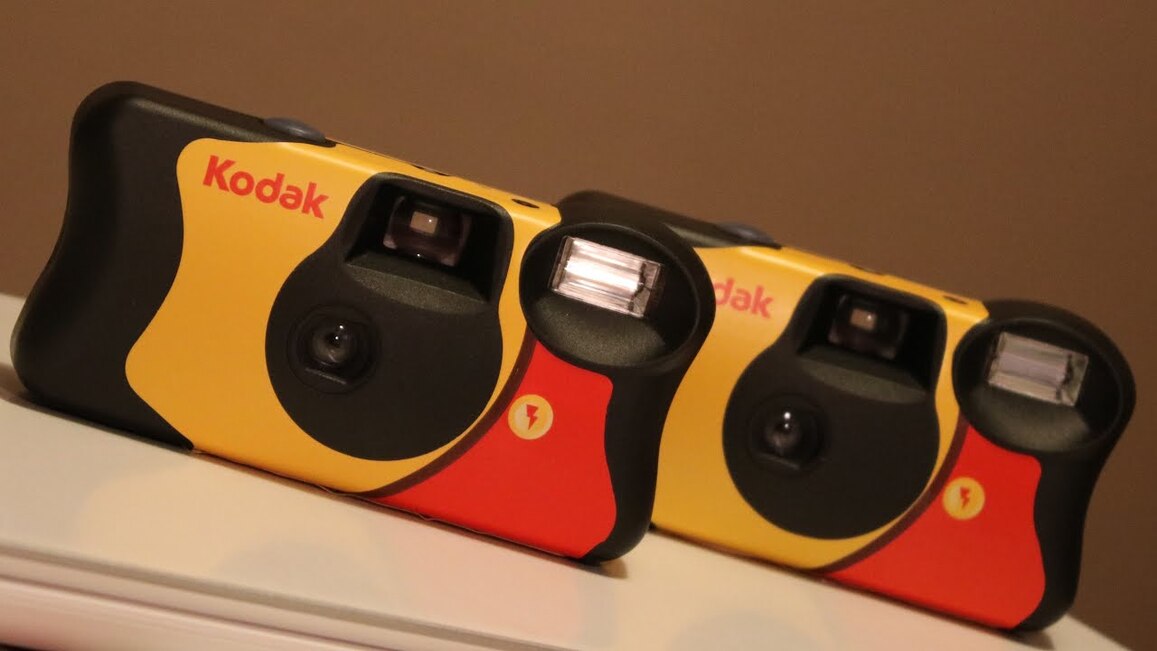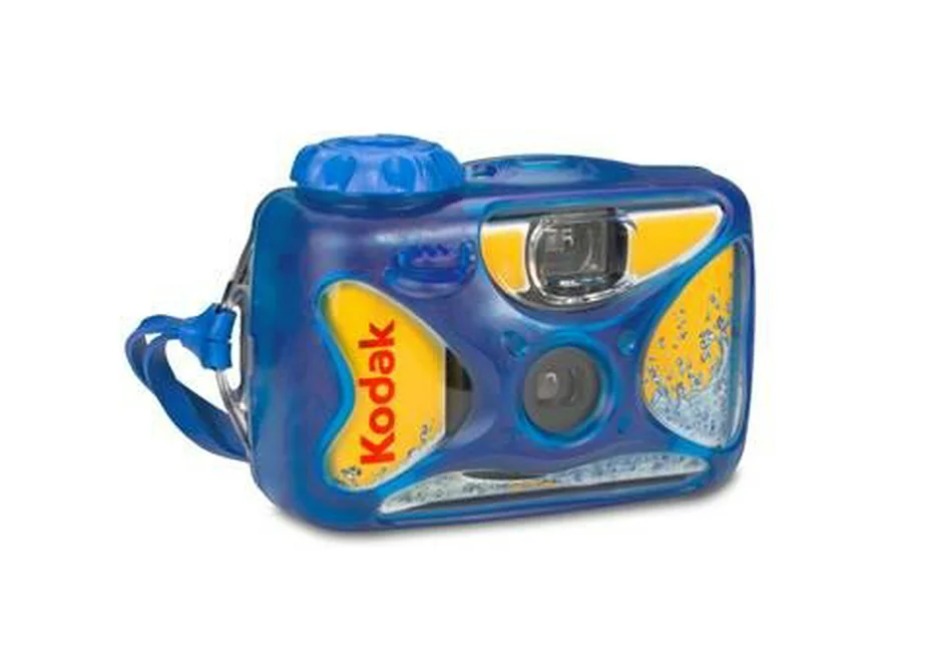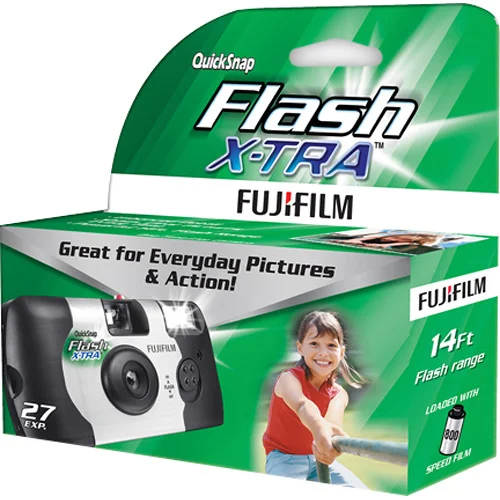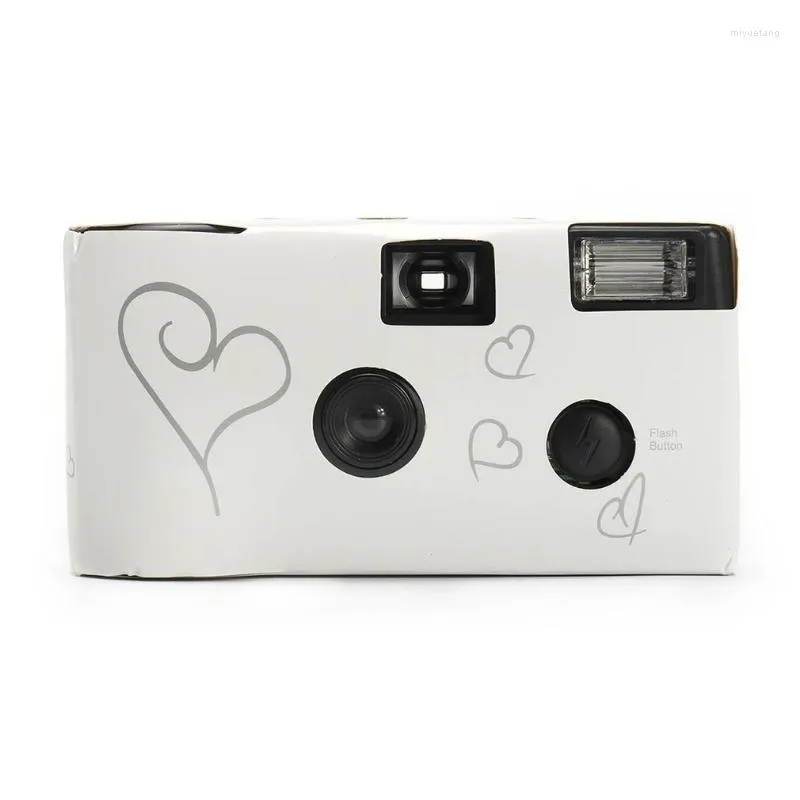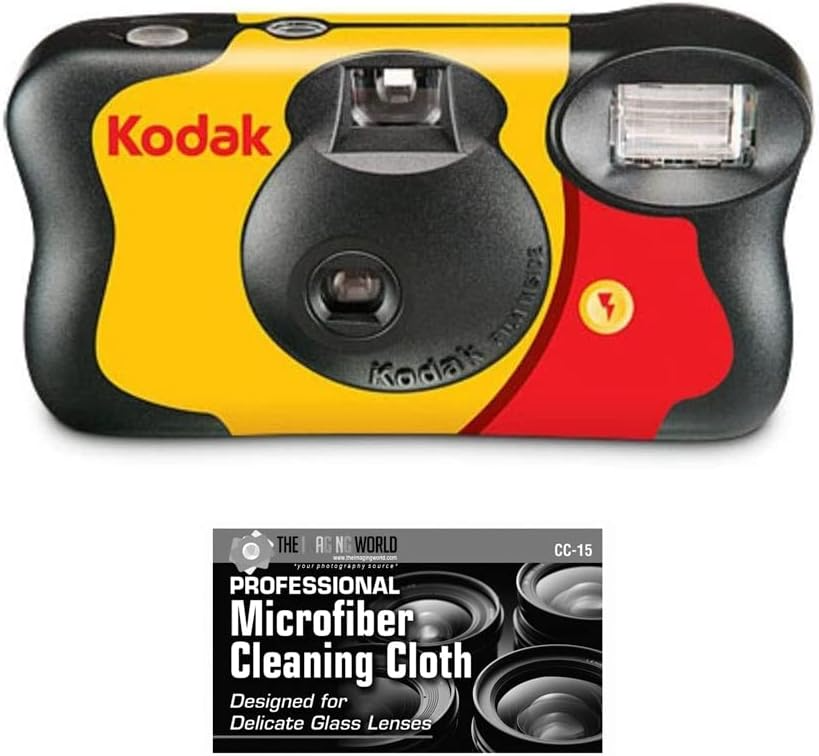Understanding Your Disposable Camera
Disposable cameras are simple and retro devices that come pre-loaded with film. They’re designed for one-time use and require no battery or charging. Unlike digital cameras, they capture images on film which needs to be developed after all exposures are used.
Familiarizing Yourself with the Camera’s Features
When you pick up a disposable camera, you’re holding a piece of nostalgia in your hands—a simple, no-frills tool that captures moments on film. To make the most out of your disposable camera experience, it’s essential to understand its basic features and how they function.
The Lens
At the heart of every disposable camera lies a fixed-focus lens. Unlike many digital cameras with adjustable zooms, disposables offer a set focal length. This means that the lens is pre-set to focus sharply from a certain distance (usually around 1.5 meters or 5 feet) all the way to infinity. For close-up shots, you’ll need to physically move closer to your subject, maintaining a minimum distance for clear images.
The Viewfinder
To frame your shots, disposable cameras feature a viewfinder—essentially a small window that allows you to look through and align your scene. Note that the viewfinder may not always provide an exact representation of what the lens sees; there can be discrepancies between the framing you see and the actual captured image due to parallax error. However, this characteristic often adds to the charm and unpredictability of the final photograph.
Flash Mechanism
Most disposable cameras come equipped with an automatic flash that pops up when needed, typically in low-light conditions. Some models might also have a manual override option so you can force the flash in bright outdoor situations to fill in shadows or balance backlit subjects. Remember that the built-in flash has a limited range and effectiveness, so plan accordingly for night or indoor shoots.
Film Advance Lever
After each shot, you must manually wind the film advance lever until it clicks or stops moving. This action moves the film forward to the next unexposed frame. It’s crucial not to skip this step or try to take multiple photos without advancing, as this would result in overlapping exposures or blank frames.
Exposure Counter (or Frame Counter)
Some disposable cameras display a small counter indicating the number of remaining exposures. As you progress through the roll, this counter decreases, helping you keep track of how many photos you have left before needing to develop the film.
In summary, familiarizing yourself with these fundamental features will enable you to use your disposable camera efficiently and effectively. Each element plays a role in capturing your memories on film, ensuring that every click counts towards creating a unique and timeless collection of analog photographs.
Loading the Film (Not Applicable)
Since disposable cameras come preloaded with film, there’s no loading process involved. However, it’s crucial to understand that once all exposures are taken, the camera cannot take more pictures until the film is developed and the camera is refilled by a professional lab.
Taking Photos with Your Disposable Camera
- Aim: Look through the viewfinder to frame your shot. Remember, the viewfinder isn’t always perfectly aligned with the lens, so allow for some margin of error.
- Focus: Most disposables have a fixed focus lens that captures images from about 1.5 meters to infinity in sharp detail. For close-up shots, ensure the subject is at least 1-2 meters away.
- Flash Usage: If indoors or in low light conditions, the flash will automatically pop up and fire. You may need to manually activate it in outdoor settings if shadows or backlit subjects demand extra illumination.
- Film Advance: After taking a photo, wind the film advance lever until it stops. This advances the film to the next frame. Do not force it; wait until you feel resistance indicating the film has been properly wound.
Managing Battery Life
Disposable cameras generally use a small battery to power the flash. The battery is built-in and non-replaceable, lasting through all the available exposures. If the flash fails to work, it could mean the battery is depleted, or the camera is nearing its end of usable exposures.
Finishing the Roll and Developing Your Photos
Once you’ve snapped your way through a disposable camera’s roll of film, the real magic begins. Each of those exposures is a physical imprint of your memories, waiting to be developed into photographs you can hold in your hands. Here’s what you need to do once you’ve taken your last photo on a disposable camera.
Knowing When You’ve Reached the End of the Roll
Most disposable cameras have a clear indication of how many photos you can take, often around 24 or 27 exposures. The film advance wheel will stop moving once you reach the last photo, signaling that the roll is finished. If you force the wheel, you could rip the film, so if it feels like it won’t move, don’t push it.
Taking Your Film to Be Developed
Once you’ve finished your roll, it’s time for the development process. This is where your captured moments become tangible prints.
Choosing the Right Photo Lab
Choosing where to develop your film is the first step. You can take your disposable camera to a local drugstore, a dedicated photo lab, or even ship it to an online film processing service. Consider the costs, the turnaround time, and the quality of the development process when making your decision.
Understanding the Development Process
When you drop off your disposable camera, the film inside is removed in a darkroom or a lightproof box to prevent exposure. The film is then treated with a series of chemical baths to develop, stop, and fix the photographic images onto the film negatives. After washing and drying, the negatives are cut and inserted into sleeves for scanning or printing.
Options for Your Developed Photos
You’ll typically be given a choice between having your photos returned as prints, digital files, or both. If you opt for prints, you’ll receive physical copies of your photos on photo paper. Choosing digital files means you’ll get scans of your negatives, which you can download to your computer or another device.
What to Do After Getting Your Photos Back
After you’ve received your developed photos, the fun isn’t over yet. There are a number of things you can do to preserve and share your memories.
Sorting and Storing Your Prints
If you have physical prints, sort through them and decide which ones you’d like to display or put in an album. Store the rest in a photo storage box to keep them safe from light and moisture. If you have a lot of prints, consider labeling them with dates and locations to make finding them easier in the future.
Sharing and Using Digital Copies
For digital copies, back them up to your computer or an external drive for safekeeping. You may also want to upload them to a cloud service for easy sharing with friends and family. With digital files, you can get creative by making photo books, gifts, or using them in digital projects.
Conclusion
Finishing a roll of film in your disposable camera is just the beginning of the journey. The development process transforms your fleeting moments into lasting memories. Whether you’re an avid photographer or just enjoy capturing life’s spontaneous events, the anticipation of waiting for film to be developed is part of the unique charm of film photography. Treat your developed photos with care, and they’ll be a joy to look back on for years to come.
Retrieving Your Images
After development, you’ll receive prints of your photos and sometimes a CD or digital copies, depending on the service. Keep in mind that disposable cameras don’t offer instant gratification like digital photography; processing time can range from one hour to a few days.
Handling and Storage Tips
Store the camera in a cool, dry place away from direct sunlight and heat sources. Avoid exposing the camera to extreme temperatures as it could damage the film. Handle the camera gently to prevent accidentally winding the film or triggering the shutter without intending to.
Conclusion:
Embracing the Analog Experience
Using a disposable camera requires patience, anticipation, and an appreciation for the unpredictable nature of analog photography. Each click holds a surprise, offering a unique experience that contrasts with the instant feedback of digital devices. Enjoy the journey of capturing moments on film and the excitement of seeing them materialize after development!

